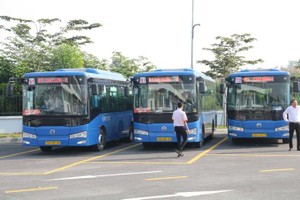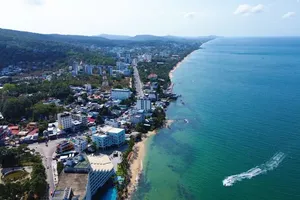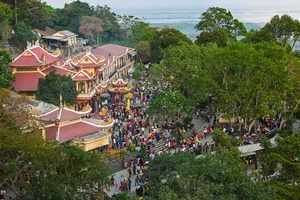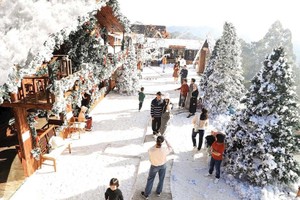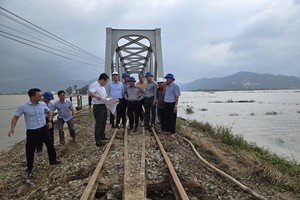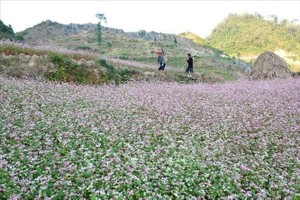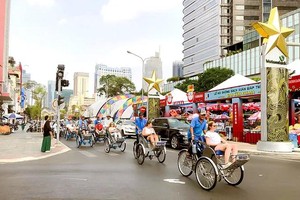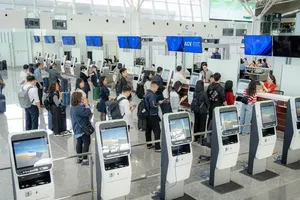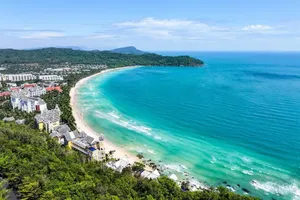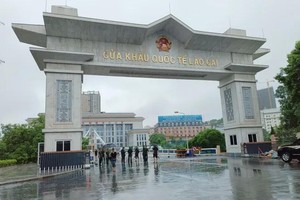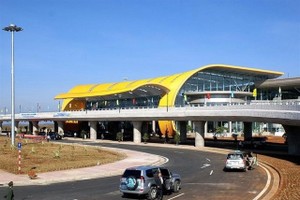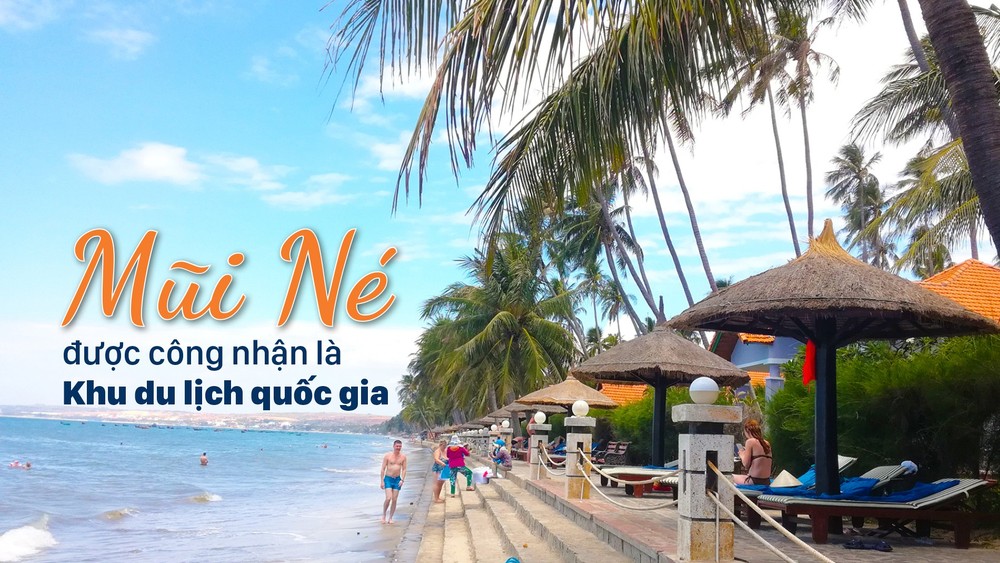
The tourist site covers on area of 14,760 hectares in Tuy Phong District’s Hoa Phu Commune to Phan Thiet City’s Phu Hai Commune, including the tourist core area of 1,000 hectares.
The development of Mui Ne national tourist site will go for green growth to protect the ecological environment, especially the landscapes of Bau Trang and Bau Sen and sandy dunes along the coast; adapt to climate change; prevent natural disasters and shore erosion; ensure the harmonious relationship between tourism and exploitation of natural resources, agriculture, forestry, and fishery together with the economic benefits of the Sate, community and businesses.
The area’s tourism development will focus on building high-quality tourist product and its diversification; encouraging investment in tourism-sport complexes combined with beautiful landscapes, historic and cultural relics of the Cham people to turn Mui Ne into a high-class tourist center.
The local authorities have to improve infrastructures to meet standards and requirements of a national tourist site and attract investors.
Mui Ne is expected to provide 21,000 rooms, receive 9 million visitors, including 1.5 million foreign tourists and earn a revenue of VND24, 000 billion (US$1 billion) by 2025; and offer 41,000 rooms, create 45,000 jobs 14 million travelers, including 2.5 million foreigners and a revenue of VND50, 000 billion (US$2.1 billion) by 2030; to become one of the top Asia-Pacific tourist destinations.
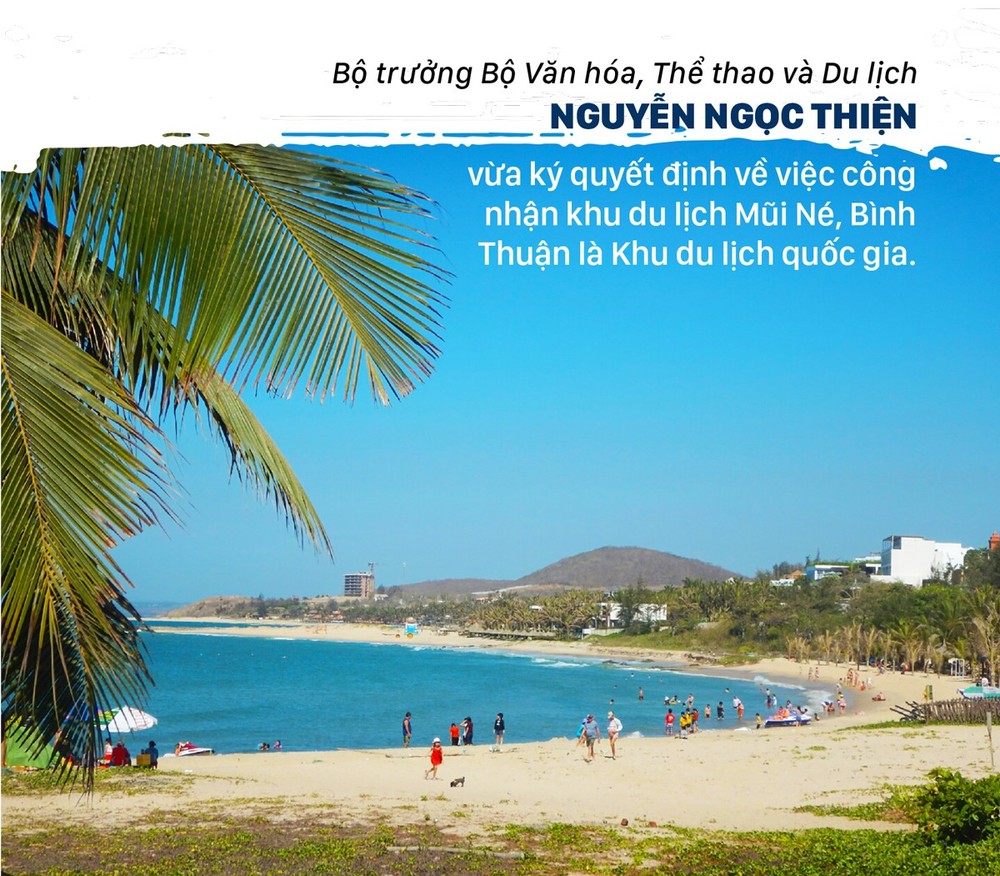 A beautiful beach in Mui Ne
A beautiful beach in Mui Ne
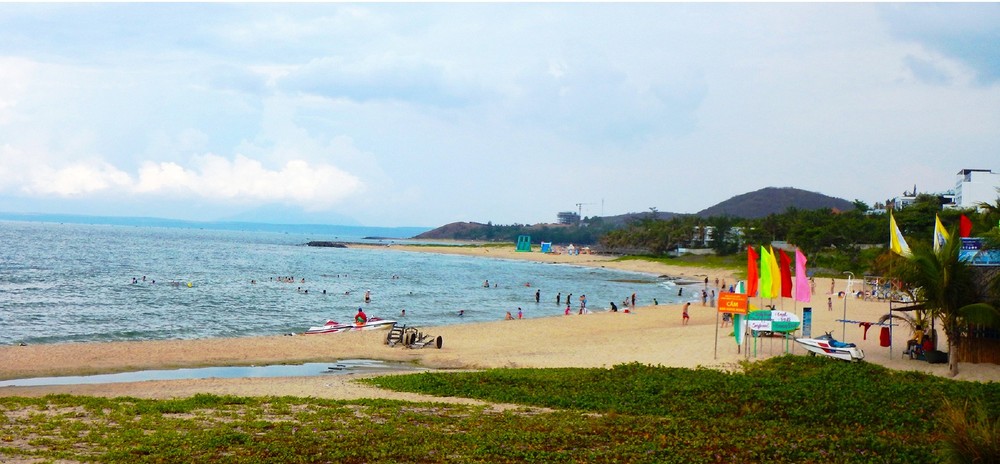 Ong Dia rock beach
Ong Dia rock beach
 Bau Trang which is called the “Little Sahara Desert” is recognized as national landscapein Mui Ne.
Bau Trang which is called the “Little Sahara Desert” is recognized as national landscapein Mui Ne.
 A corner of Mui Ne
A corner of Mui Ne
 Mui Ne is one of the leading resort towns in Vietnam.
Mui Ne is one of the leading resort towns in Vietnam.
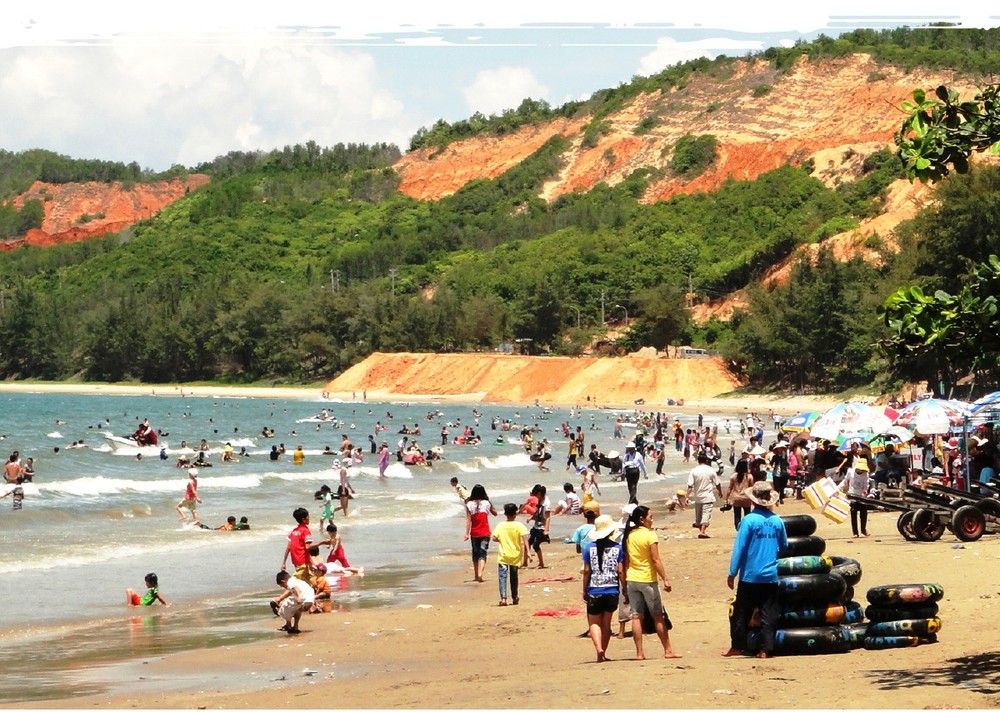 Hon Rom beach
Hon Rom beach
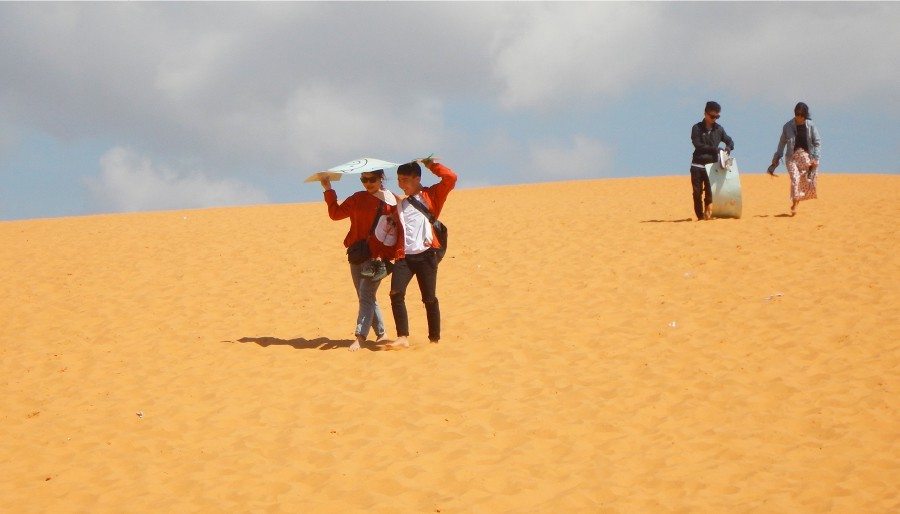 Mui Ne sand dune
Mui Ne sand dune
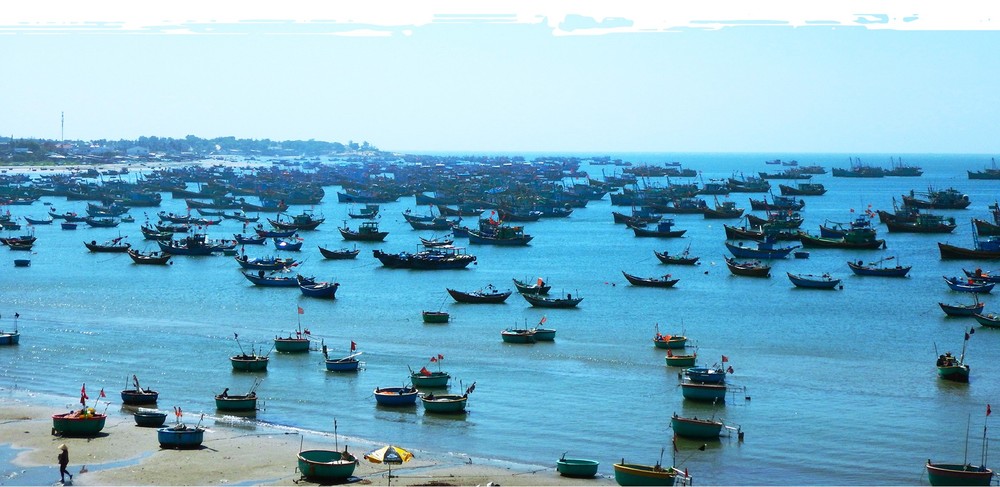 Bai Sau beach
Bai Sau beach
